Taking a trip to Nepal is a breathtaking experience. Winding around roads clinging to the edges of mountain ridges, we are stunned by views of the lush, undulating landscape rolling into glacial rivers below. But dotted along the scenic countryside, we also see bricks and rubble where homes once lay, hills that have given way to landslides and countless tents and shelters. They are stubborn scars that promise to remain here for quite some time, as the country still grapples with last year’s disaster.
On 25 April, a major earthquake measuring 7.8 on the Richter scale struck Nepal, a mountainous country in south-east Asia. This was followed by a 7.3 tremor two weeks later, with over 8,000 killed and $10bn worth of damage caused. Irish Aid donated €1.5m to the relief effort, while Goal and Concern were on the ground to provide assistance.
Though the epicentre was in Gorkha in the north-west, the worst affected area was Sindhupalchok, where around half of all fatalities occurred. Located three hours outside the capital of Kathmandu and dependant on agriculture, the mountainous district suffered the highest magnitude (6.7) aftershock soon after the first earthquake, resulting in the destruction of 96% of houses and leaving 109,000 people homeless.
“It was like a film,” says Danta Maya Shrestha on the scenes that unfolded in front of her that day. Eight of her relatives died, while her husband and daughter were traumatised after becoming trapped under the rubble of their home.
“I ran out of my home and buildings were just falling around me. There was dust everywhere – I didn’t recognise the people around me,” she says. “Everyone was just screaming and crying. We started to run because we thought the mountain would crumble too.”
An area highly dependent on agriculture, the earthquake also resulted in the huge loss of livestock, with 18,634 cows, goats, pigs and buffalo killed, and the further deaths of 59,101 chickens and ducks.
Stored crops were also destroyed, while planting fell by 25% and the 6,000 polytunnels in the area are either ruined or used as shelters. Irrigation systems, too, were shifted by the quake. It is estimated that the cost of damage to agriculture in Sindhupalchowk alone amounts to over €26m (30m rupees).
“We have been left with nothing. All of our resources are gone,” says Danta. “I’m so worried about food.”
However, dealing with the aftermath of the earthquake is only one concern for farmers. Food security is being threatened by climate change, which is causing an unpredictable rain pattern, going from drought to heavy monsoons causing landslides, while average temperatures are predicted to rise dramatically by 0.5 to 2.0°C by 2030. Farmers usually plant at this time of year, with the monsoon season coming soon. Though the government has provided improved hybrid seeds, another farmer we spoke to, Sani Kumari Rai, also from Sindhupalchok, is not optimistic about yields from this year’s crop due to land quality.
“This time of year used to be the right time to plant but conditions aren’t right – it’s been seven months since we have had rain,” says Sani.
Other issues include poor road infrastructure, which hampers access to markets and inputs. The mountainous country is sandwiched between two Asian superpowers, India and China, but largely depends on the former for trade due to historical and cultural ties, and a good road network. However, an unofficial blockade was imposed by India last year in protest against the new Nepalese constitution, further crippling the poor country, with fuel shortage becoming a major issue. When we were in Nepal, the blockade had ended – and the government was busy making ties with China after an official visit to the country – but long queues at petrol stations were the norm with fears that India could halt supplies again.
Irish view
While a major earthquake was expected in Nepal, no one could predict the scale of the tragedy. Nothing was done to negate the damage that would be caused either, with families living in poorly constructed building that were often four or five storeys high and would ultimately topple when the tremors finally came.
“At parties we would joke, let’s enjoy ourselves tonight because this earthquake could kill us tomorrow. We didn’t know how bad it would be,” a hotel owner tells us. He lost $10,000 (€8,845) in bookings in the weeks after the earthquake, which occurred during the country’s peak season for trekkers. Tourism is since down 30%, though Prince Harry’s recent visit and proclamation that the country is “open for business” is expected to boost visitor numbers.
Longford man Paul Devaney was attempting to climb Mount Everest, as part of his Seven Summits endeavour, when tremors shook base camp. It was his second attempt to climb the mountain after an avalanche halted his efforts in 2014.
“I had planned every inch of Everest. Earthquake was never in my vocabulary,” he says.
“The 25th was our day off after edging towards base camp one. Where we were situated, there was a glacier underneath us for around a kilometre and a half. We felt the rumbling and the glacier sliding – it felt like the Himalayas were falling all around us. We looked around and there was a wall of white coming towards us… a lump of the mountain near us had fallen and crashed on base camp – there was lumps of ice the size of cars. We just ran inside our tent, hid under a table and hoped it would protect us against whatever was going to happen. By the time it hit us, it just gave us a dusting, but the camp was still like a warzone.”
After managing to leave base camp, which was isolated for days, Devaney stayed on to help with the relief effort until May and was amazed by the resilience of the Nepalese but also says the country faces many difficulties in combating corruption and governance.
“I was amazed by the whole giving mentality. We were in villages that were destroyed and it was incredible to be treated with such kindness. One of the Nepali guys told someone that I had tried to climb Everest when the earthquake hit, and they started saying how sorry they felt for me. There is an empathy that many societies don’t have.
“But Nepal has a challenge to get its government right and get tourism up and running again. There is also a huge problem with guys leaving to work in the Middle East in awful conditions,” he says.
Indeed, everyone we met in Nepal complained about lack of action from the government. Victims were promised compensation of 200,000 rupees (€1,600) to rebuild, but there is no sign of it being paid out yet. Sitting in Guyanilaz and Sanu Tuladhar’s shelter, which measures 15×10, we get the impression that they are here for the long haul. Pictures hang on the walls lined with thin wood, knick-knacks are placed on shelves – there is an acceptance that this is home to them and their three daughters.
Since they live in a culturally significant area in Bunzmadi in the Latibur district, their new home must be built in the traditional style to fulfil a certain aesthetic. It must also satisfy new guidelines to help the structure withstand another earthquake, creating a very difficult situation for the family and many others like them. How do they remain positive under such circumstances?
“God will help us with everything. We are lucky to be alive and healthy and we are always praying that we can keep working hard and survive,” says Guyanilaz, placing a tray of tea and biscuits in front of us. It’s the kind of hospitality we were greeted with in every home we visited.
Despite dissatisfaction with the government and slow recovery, there is a prevailing sense of hope and positivity in Nepal and its people are as beautiful as the country’s scenery. However, we wonder how much longer the Nepalese will have to live with the aftermath of the earthquake. One year on from the disaster, victims are still bereft of any answers.
Aisling Hussey travelled to Nepal with support from the Simon Cumbers Media Fund






















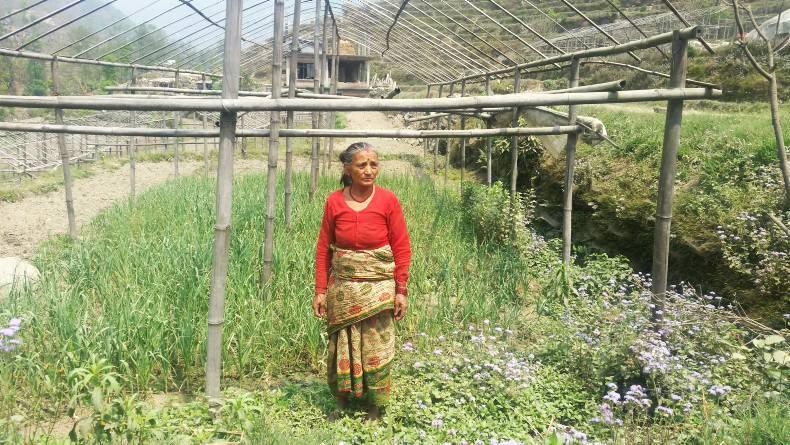
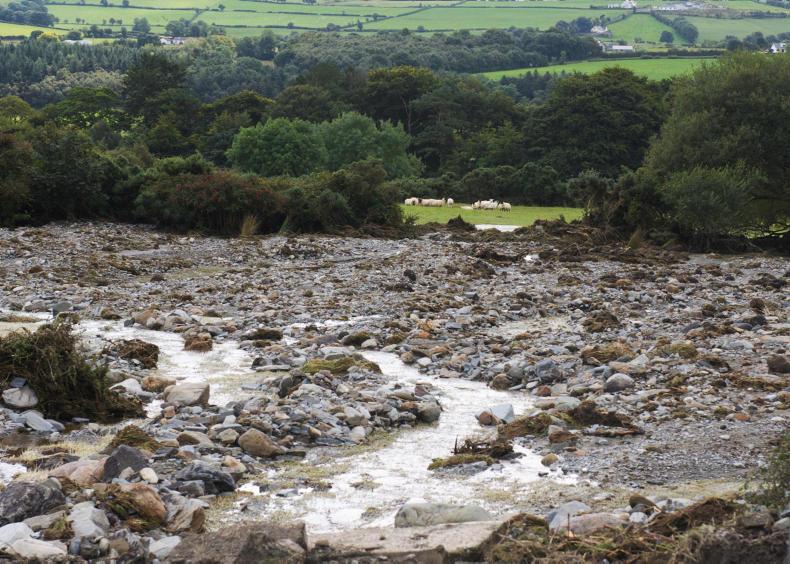
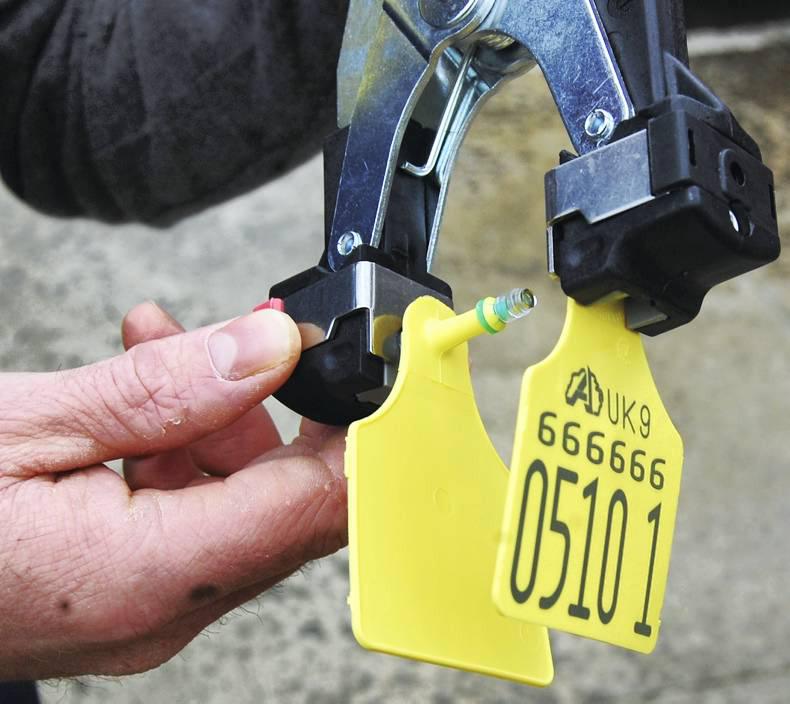
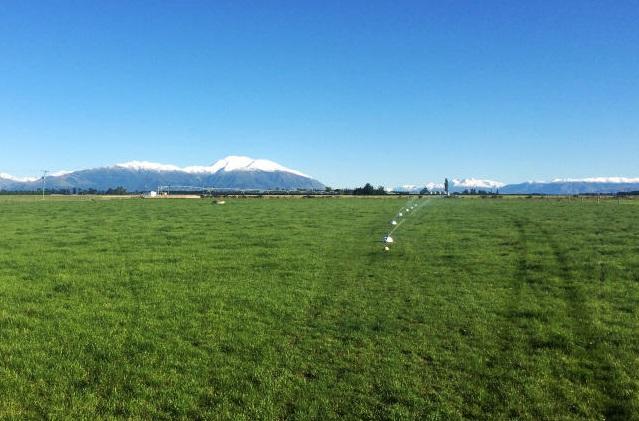
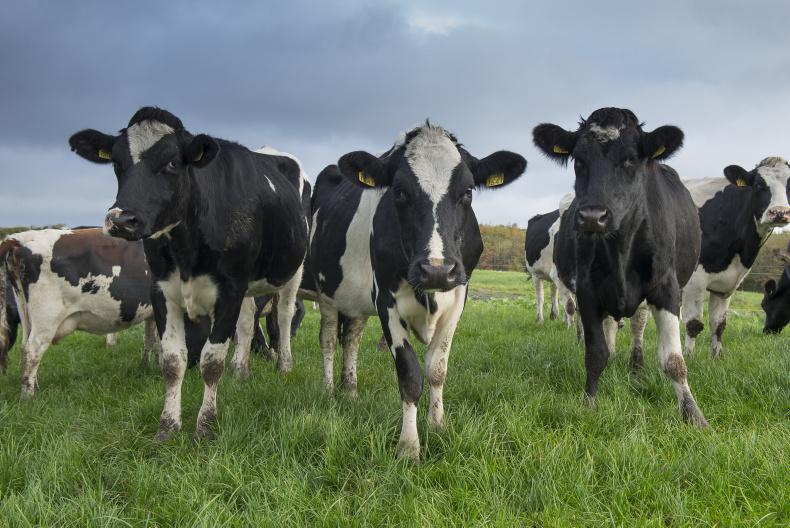
SHARING OPTIONS